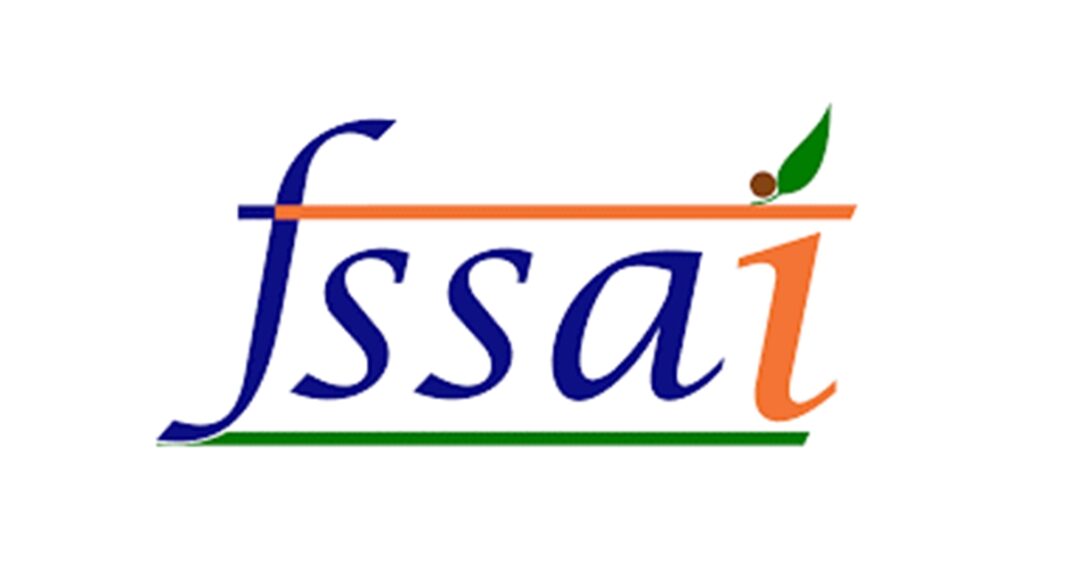X: @the_news_21
Mumbai: ASHA Kisan Swaraj (AKS) has in a recent letter addressed to Food Safety and Standards Authority of India (FSSAI), expressed concern over the initial “Direction” of July 19 earlier this year, and the draft notification published for amendment to the Food Safety and Standards (Fortification of Foods) Regulations, 2018, on removing health advisory for those with sickle cell anaemia and thalassemia consuming iron-fortified food.
In a statement issued here the AKS has stated that many from the medical fraternity have been troubled by the removal of the health advisory for patients with Sickle Cell Anaemia and Thalassemia through the omission of sub-regulation of regulation, namely, “People with Thalassemia may take under medical supervision and persons with Sickle Cell Anaemia are advised not to consume iron fortified food products”.
This amendment being proposed to the 2018 regulations is surprising given that the mandatory advisory was included into the statutory regulations of 2018 in the first instance after scientific discussions in statutory bodies of FSSAI Act 2006, whereas the current omission is at the initiative of another Ministry which has no mandate of food safety. We are also concerned about the way fortification is being promoted as an effective solution to tackling malnutrition problems.
Iron fortified rice unnecessary and ineffective to tackle anaemia: We have been questioning the very need and efficacy for this iron-fortified rice as a near-universal solution for all citizens who are dependent on public food schemes. To begin with, anaemia is only partly caused by iron deficiency. It has a multifactorial etiology, including nutritional deficiencies (iron, folate, vitamin B12), infections, and other factors.
Moreover, the most credible scientific reviews such as a Cochrane review have shown that fortified rice is not an effective solution to tackle anemia, showing that evidence on benefits of mass fortification are uncertain and unequivocal. ICMR’s study among children noted that “iron fortified rice has a similar effect as mid-day meal on improvement in anaemia,” thus questioning the rationale behind this expensive program.
On the issue of Safety concerns, there are also concerns of risks from consumption of iron fortified foods, especially in some contra-indicated medical conditions, as well as causing non communicable diseases like diabetes that increase with higher serum ferritin levels in children, including risks of gut microbial dysbiosis from unabsorbed iron.
The impact of iron fortification in a population like India with high levels of malnutrition and dietary insufficiency have also not been sufficiently studied. We also have large scale iron supplementation programmes impacting, for instance, pregnant and lactating women, children and adolescent girls. Thus, the situation of the dosage in fortified rice is such that it is either ineffective, or unsafe, and cannot be both effective and safe for consumption at a population level.
Extra iron to thalassemia, sickle cell anaemia patients risk liver cirrhosis, cardiomyopathy, heart failure, hypothyroidism, hypogonadism, diabetes, delayed puberty. A study for MoFPD, Govt of India suggested how “sometimes, fortification of food with iron can lead to iron overload in persons with hemochromatosis. Monitoring of additional intake of iron of nontargeted groups must be an integral part of any fortification program.”
Another study from 2024 published in European Study of Nutrition found that sickle cell anaemia patients consuming iron fortified food “may be at risk of developing primary iron overload” and calling for further studies to help establish a safe nutrition approach. There are also concerns of risks from consumption of iron-fortified foods, especially in some contra-indicated medical conditions, as well as causing non-communicable diseases like diabetes that increase with higher serum ferritin levels in children, including risks of gut microbial dysbiosis from unabsorbed iron.
Serious lacunae in quality control: Simultaneously, a NITI Aayog report into iron fortified rice raised several concerns about Quality Assurance and Quality Checks with regard to such fortification. It found samples were not being collected at all suggested points (rice mills, fair price shops, anganwadis/schools etc.) as prescribed by guidelines of DoFPD.
Same samples are noted to have given different test results from different labs and some samples had higher concentrations of iron fortified kernels due to blending that was not uniformly done, increasing the risk of higher dosage due to poor quality control. Infect this reality contradicts of the key recommendations of the Rajiv Bahl committee that was set up by the MoHFW to review FSSAI’s health advisory on Thalassemia and SCD was that “there is a need for ensuring appropriate blending for uniform distribution of fortified rice kernels in rice.”
The Niti Aayog report also pointed out that instead of sample testing, reliance was being placed on Certificate of Analysis supplied by FRK manufacturers, whereas guidelines specify at least quarterly tests of micronutrient analysis by state/district officials. It further recorded that Blending Efficiency Tests (BET) or iron spot checks are not being conducted at all rice mills.
There were also variations found in the frequency of collection of samples with no standardised protocol in many districts. The NITI Aayog report also notes the inadequate number of NABL accredited labs approved for testing of rice fortificants. There is also a concentration of such labs in only some regions, which then entails high cost for sample transportation and time delays, leading to long delays in receipt of sample test results.
FSSAI officials right now have not been given any special mandate with regard to quality checks. Global scenario of labelling requirement and high number of undiagnosed individuals in India: According to the committee that was set up to review FSSAI’s health advisory on Thalassemia and SCD by the MoHFW headed by Dr Rajiv Bahl of the ICMR, other countries as well as the WHO don’t have warning labels, but do ask for ‘proper labelling’ so that patients on iron restricted diets can make informed choices.
Moreover, they also cite the United States Food and Drug Administration’s (USFDA) position on this- which is that while labelling is clearly required, no health warning is needed because “individuals with illnesses where iron intake is contraindicated, would have been advised by their healthcare providers.” This assumes that such individuals in India are in contact with healthcare providers and have been diagnosed- which is not the case.
Access to healthcare is particularly low in tribal areas where such contraindicated diseases are high. Despite the fact that India has one of the highest prevalences of sickle cell disease (SCD) globally, with over a million people affected, the majority of individuals living with such conditions remain undiagnosed. Moreover, given that fortified rice is being provided in loose form, such individuals will not be able to see the labels, and their ability to make informed choices is being taken away.
Current decision to omit warning labels questionable against the above backdrop: This decision to omit a warning label, that was originally imposed after scientific assessment of the matter poses a risk to the health and well-being of individuals living with these genetic blood disorders, especially given the lack of quality control on the ground.
Moreover, processes adopted for omission of warning labels are suspicious. The process by which this health advisory was removed is suspect and shows that the warning was removed due to inconveniences caused, rather than any clear basis in science. The Scientific Committee of the FSSAI had in fact strengthened this warning in 2021 announced via a Gazette notification, to include Sickle Cell Anaemia in the warning, as previously, the warning only applied to Thalassemia.
However, after a petition was filed in the Supreme Court challenging the lack of protection for patients of such haemoglobinopathies under the government’s iron fortified rice distribution programs, the government sprang into action to remove the advisory entirely. The timeline of developments and process by which this was done, as given in the annexure, strengthens this suspicion.
Several reports by government linked bodies such as the NIN ICMR whitepaper, the new report by the Economic Advisory Council to the Prime Minister’s report, a report by the Niti Aayog, and concerns raised by the Director General of the Indian Council for Medical Research (ICMR), all advise great caution and question iron fortification as the approach to combat anaemia.
Yet all such reports have been sidelined. FSSAI itself has categorized fortified rice as “high risk”, requiring mandatory safety checks. However, a confidential evaluation by the NITI Aayog in May 2022 exposed various lacunae as pointed out earlier in this letter. Still such fortified rice, despite no quality control, is being widely distributed. The AKS believes that using a blanket approach of iron fortification is counterproductive, both in terms of lack of efficacy and lack of safety.
The AKS strongly believe that this omission of the caution label is not advisable, for the above stated reasons. We therefore urge the FSSAI to reconsider this decision, and reinstate the advisory in the regulations immediately. More importantly, the policy decision to supply iron fortified rice in such a large-scale manner (with distinct potential for risk) without any scientific proof of its need and effectiveness, should be revisited. The AKS has urged the FSSAI for its prompt action on this critical matter and request a timely response outlining the steps FSSAI intends to take, to rectify this situation.






